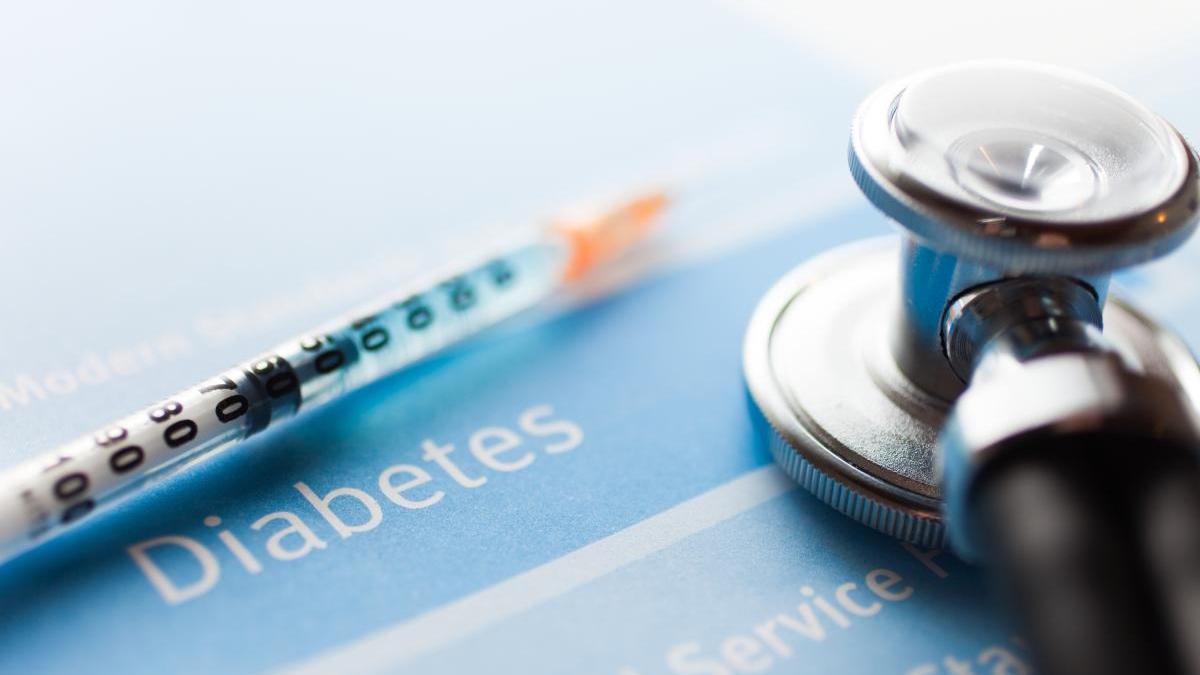Type 2 diabetes mellitus is a serious condition when the insulin produced by the pancreas cannot work properly or your pancreas does not make enough insulin. In both cases, blood sugar levels keep rising.
If you have type 2 diabetes, your body still breaks down carbohydrates from food and turns them into glucose. The pancreas then releases insulin in response to it. However, if insulin cannot work properly, blood sugar levels keep rising. Initially, a compensatory increase in insulin secretion maintains glucose levels at normal values. But as the disease progresses, insulin-producing cells in the pancreas change, which affects glucose homeostasis. Some people with type 2 diabetes can suffer from the pancreas tiring out and producing less and less insulin, leading to hyperglycemia.
Type 2 diabetes causes
Primarily causes of type 2 diabetes are two interrelated problems:
· body cells become resistant to insulin, meaning that they do not interact with insulin adequately and cannot take in enough sugar;
· the pancreas cannot produce enough insulin in order to manage blood glucose levels.
Genetic, epigenetic, and lifestyle factors interact with each other. Most patients with diabetes mellitus type 2 are obese or have increased body fat percentage, located predominantly in the abdominal region. Such body fat itself promotes insulin resistance through multiple inflammatory mechanisms. Low physical activity, gestational diabetes in people with high blood pressure, or elevated levels of fats in the blood also increase the risk of developing type 2 diabetes mellitus. Although individual predisposition to type 2 diabetes has a significant genetic basis, studies suggest that many cases can be prevented with lifestyle changes.
Type 2 diabetes mellitus symptoms
Usually, signs and symptoms of the condition develop slowly. That makes it harder to detect early. If you have symptoms and signs of type 2 diabetes, they may include:
· frequent urination;
· increased thirst;
· increased hunger;
· fatigue;
· blurred vision;
· unintended weight loss;
· frequent infections;
· slow-healing sores;
· numbness or tingling in limbs;
· areas of darkened skin.
Management
Treatment of type 2 diabetes includes a mix of medications and lifestyle changes. For some patients, it is possible to reach target blood sugar levels with a healthy diet and exercise. If it is not enough to get you to your target blood sugar levels, you may be prescribed medications.
More details:
Prediabetes and measures of prophylaxis
Differences between type 1 and type 2 diabetes
Causes, mechanisms of the disease development and symptoms (Diabetes mellitus type 1)
















Leave a Reply
You must be logged in to post a comment.